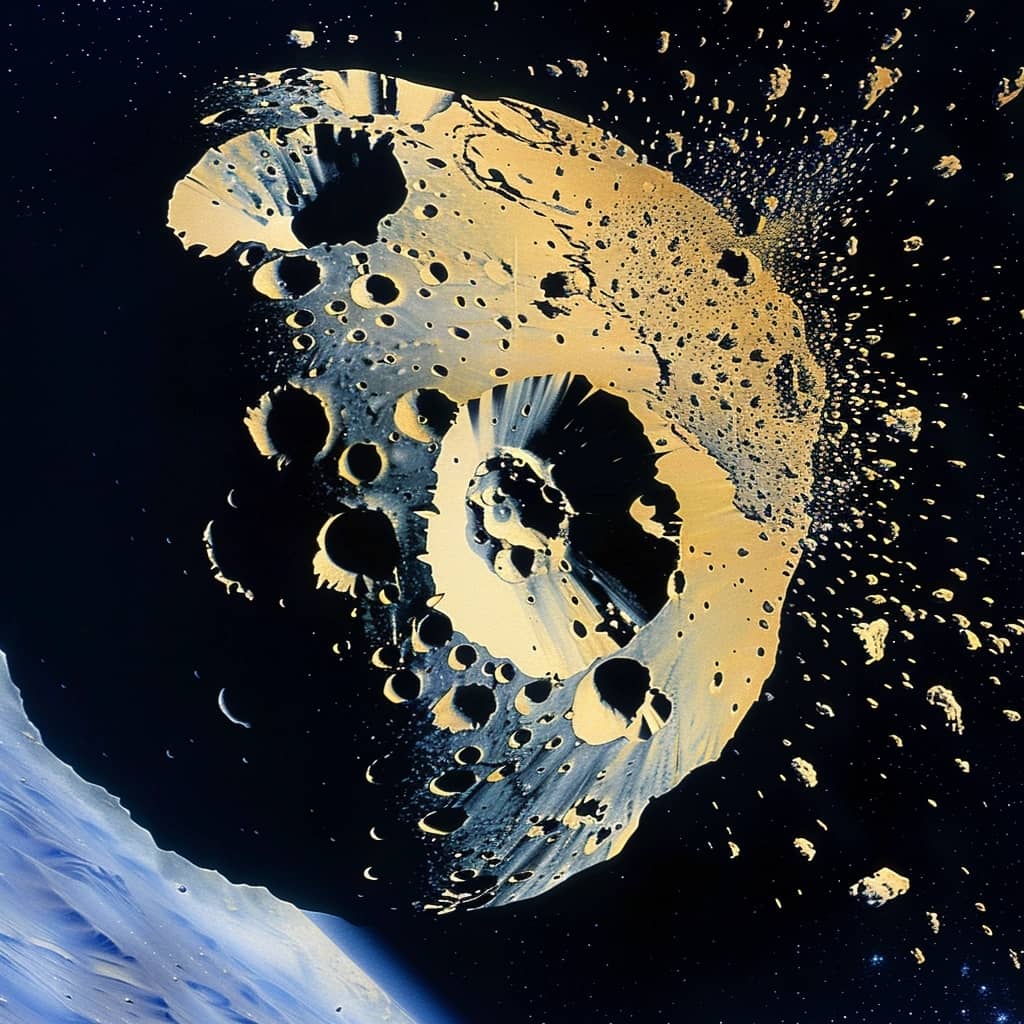
DART, NASA triumph: the asteroid Dimorphos changes shape after the impact
Recent studies suggest that Dimorphos, hit by NASA's DART probe, is 'healing', and changing its shape and surface.

Recent studies suggest that Dimorphos, hit by NASA's DART probe, is 'healing', and changing its shape and surface.

Here's how NASA is working to predict and prevent the impact of an asteroid similar to the one that extinguished the dinosaurs.

Historic discovery thanks to the NASA SOFIA observatory: an asteroid with water on the surface found. The discovery helps study how planets originated.
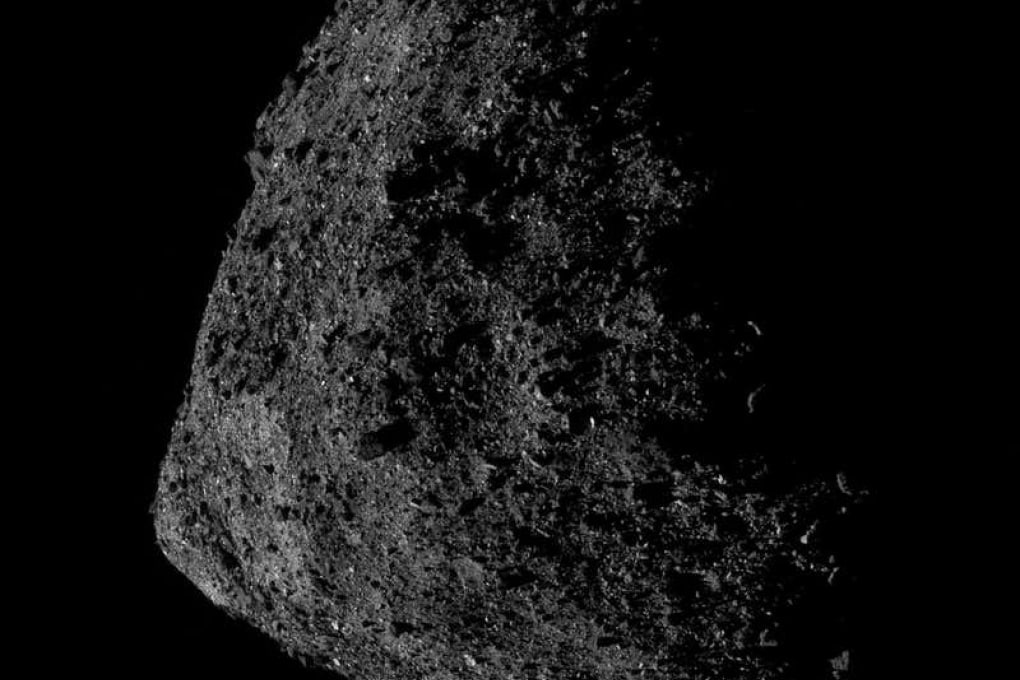
NASA has revealed the first data on the asteroid Bennu, thanks to the OSIRIS-REx mission. The analysis shows an abundance of carbon and water, key elements for life
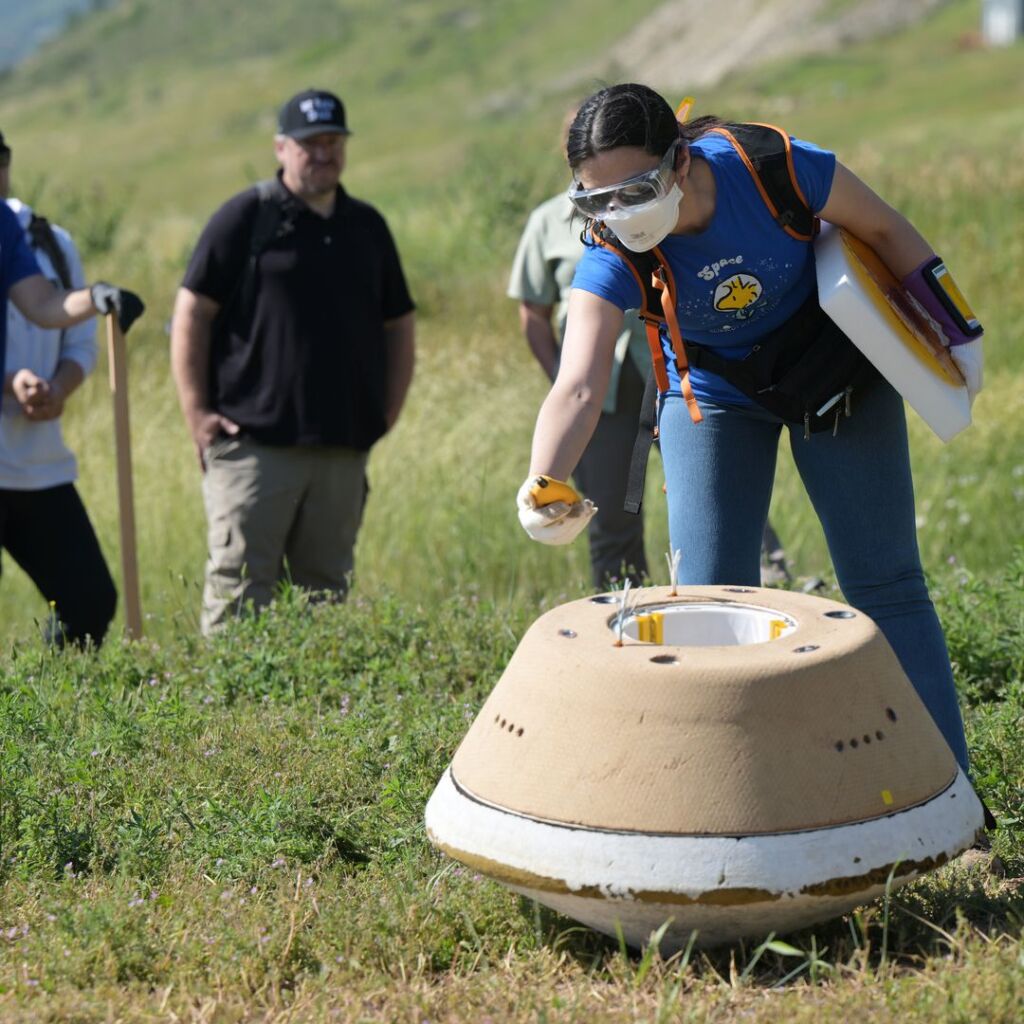
After a long journey, OSIRIS-REX brings a sample of the asteroid Bennu to Earth: it can provide us with crucial answers.
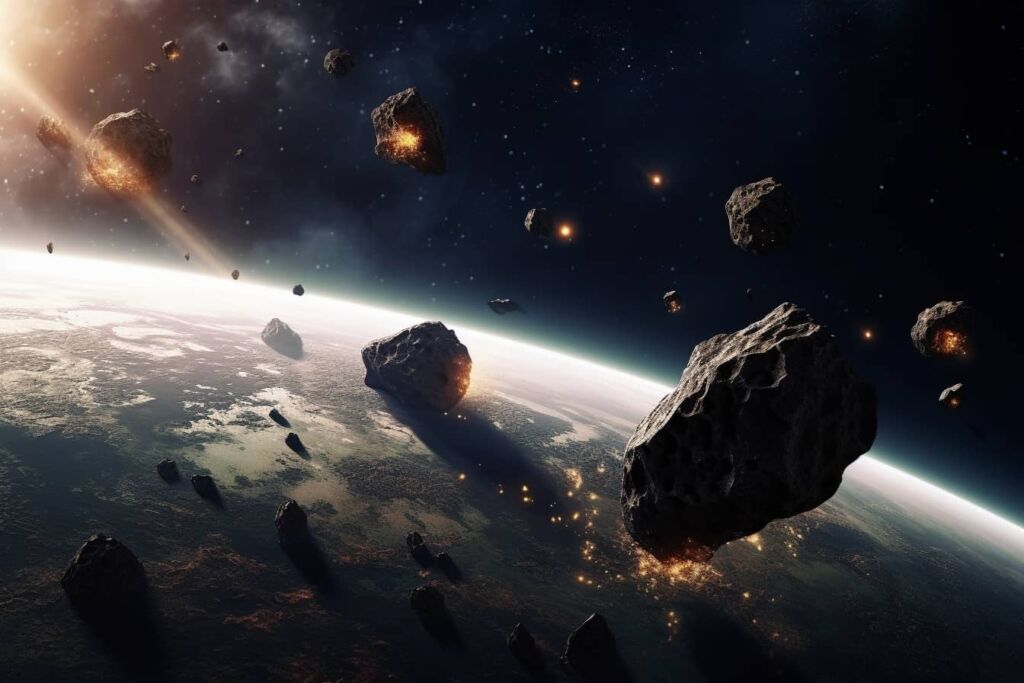
Astronomers are mapping the trajectories of dangerous asteroids over the next 1000 years: two of them could give us more of a headache.
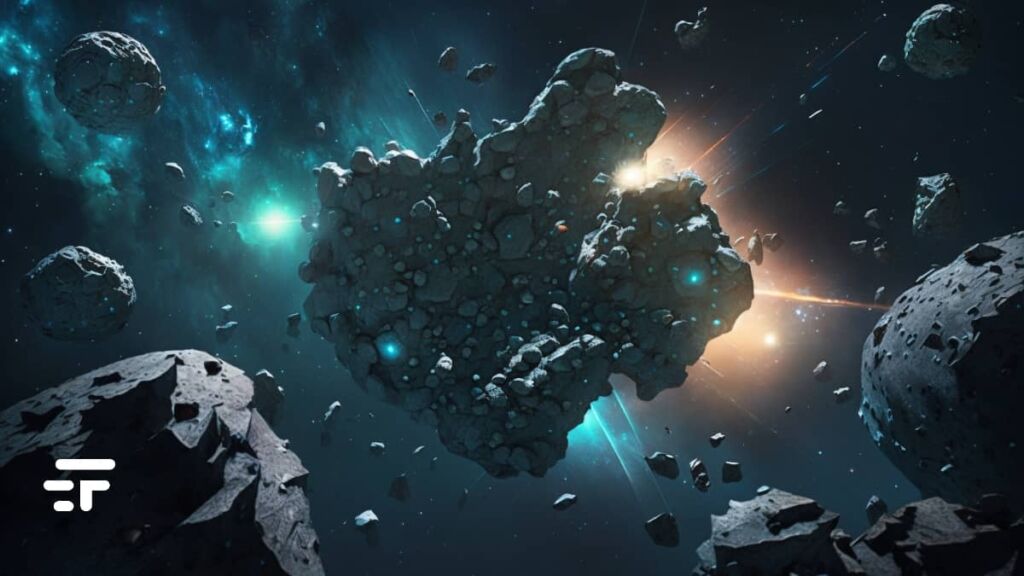
The new Ceres-like asteroids could be responsible for the presence of ice and organic materials on Earth and Mars

The dinosaur killer asteroid has a precise identikit, but we know more and more about its "ferocity". Here is the latest discovery on the matter.
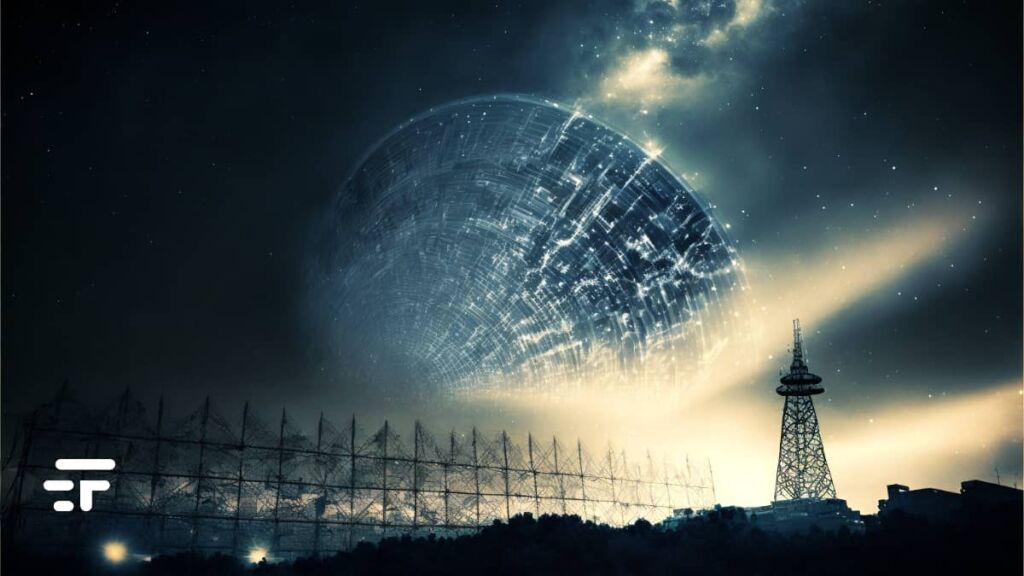
The HAARP radio system will be used for the first time as a radio "cannon" to know the interior of the asteroid which today will pass at a distance twice that of the Moon

China intends to expand its planetary defense program by installing telescopes and satellites on the moon. To monitor asteroids ... and possibly hostile countries.

From the analyzes on the material of the asteroid Ryugu more questions than answers, but all contemplate that life is practically everywhere in the cosmos.

A new paper examining the technical aspects of a planetary defense system says yes: we can save the Earth from an asteroid.
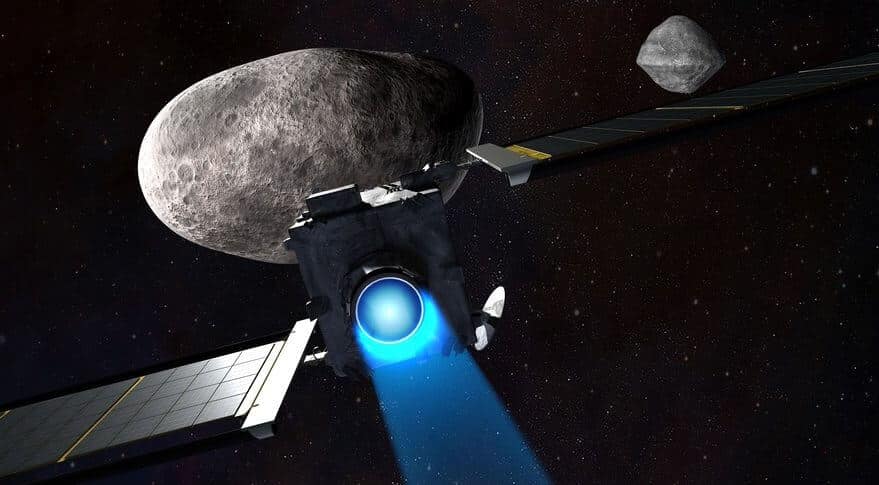
Travel the cosmos and it will hit the asteroid Didymos (and see if it will work in case of danger): in the meantime, DART sends us star photos.

NASA will attempt to crash a spacecraft into an asteroid to redirect it.
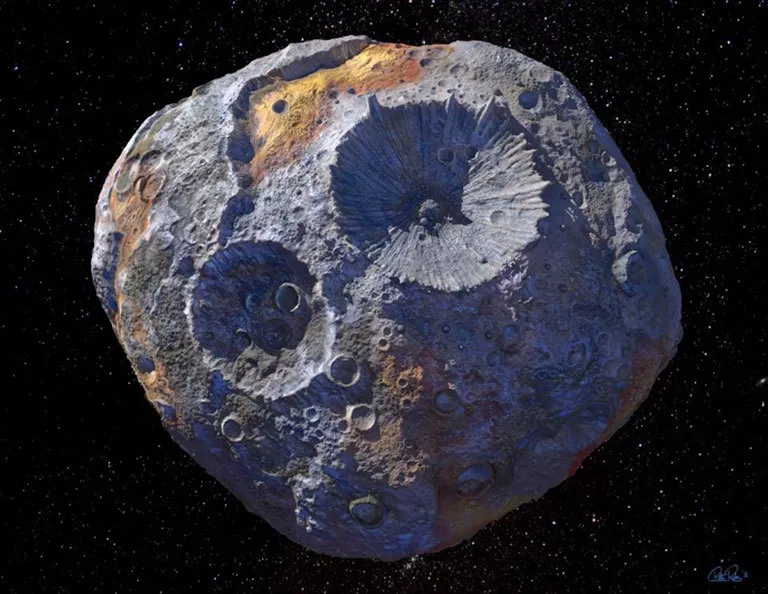
The asteroids are out there, and they are many, with their load of pitfalls ... and riches. How can we exploit them?

Research on asteroids in our solar system detects celestial bodies with complex organic matter that simply shouldn't be there.
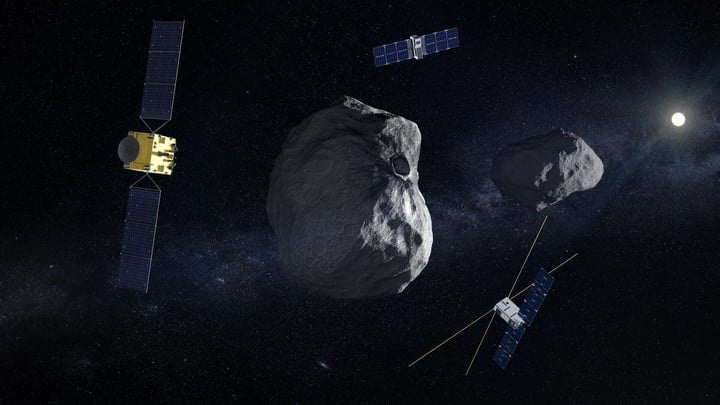
Last week, space agencies simulated the impact of an asteroid to figure out what response to organize. Here's how it went.
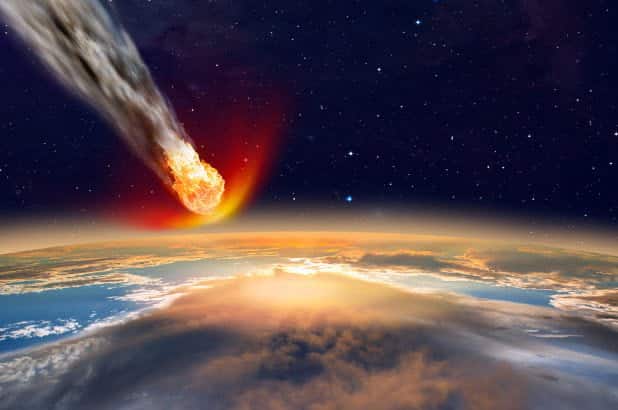
NASA is developing a simulation that will take place in 5 days to assess the response of agencies and governments to the impact of an asteroid with the Earth.
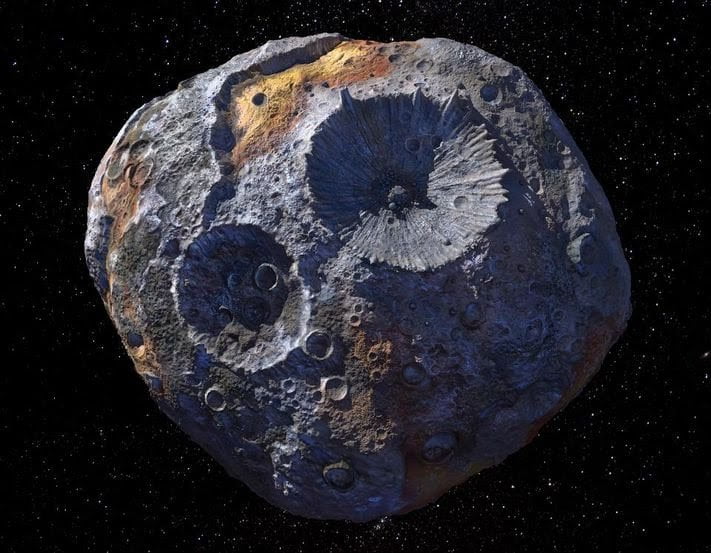
An all-metal asteroid, Psyche 16, is the next target of a NASA mission that is entering the final stage of development.
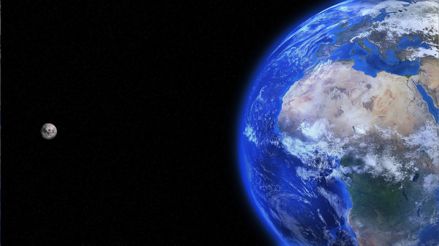
Earth has a much closer second moon, but you can't go there: it's tiny. It has been around us for 3 years and will soon go away.
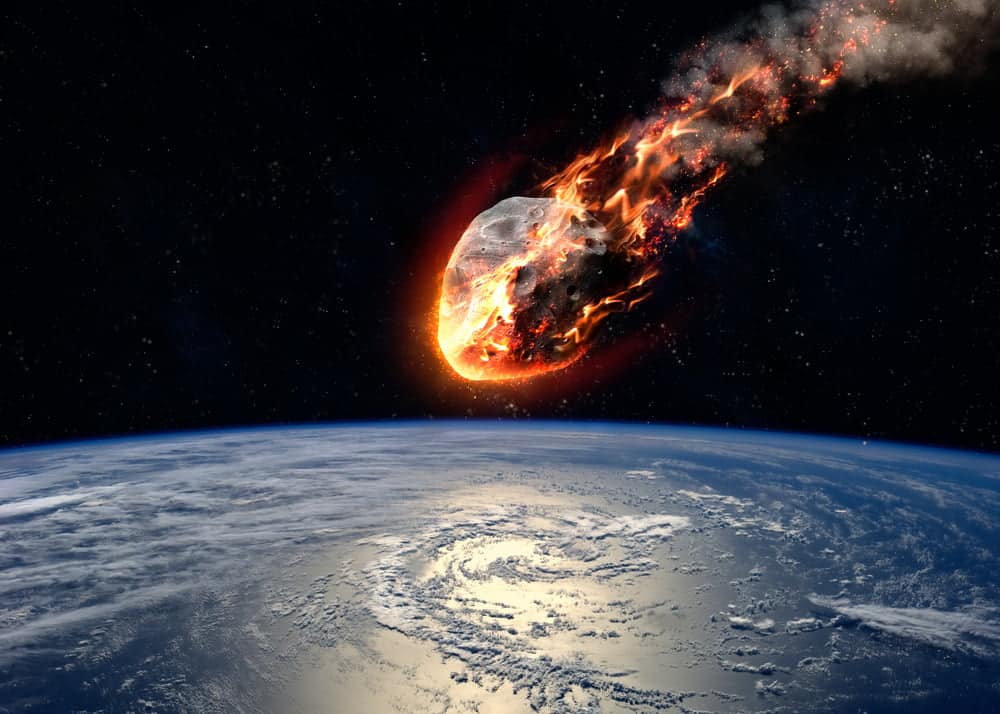
The asteroid JF1 is as large as the pyramid of Ghiza and points a little towards us. We will know later. Expected date: 6 May 2022. The Mayans have nothing to do with it.